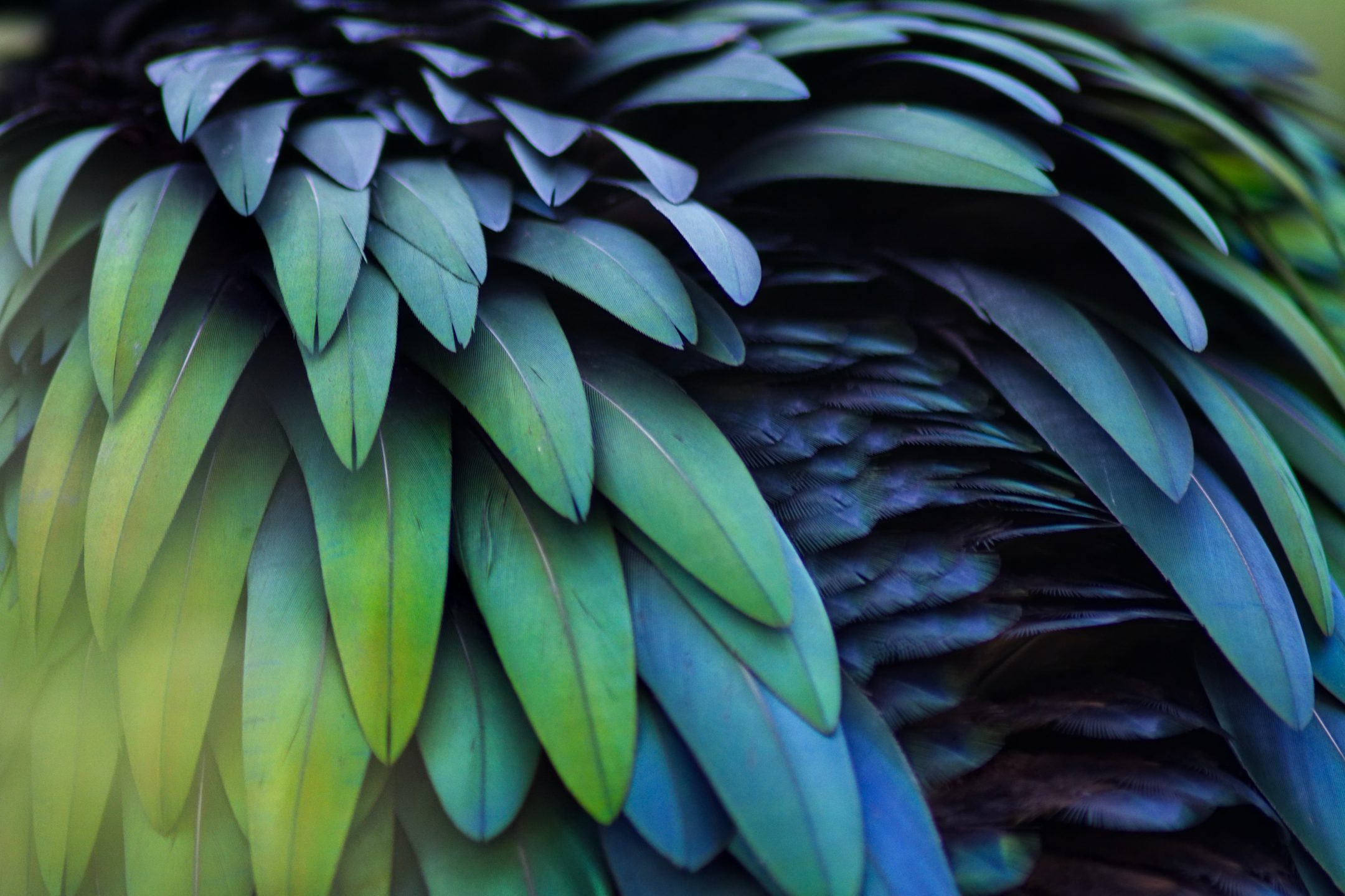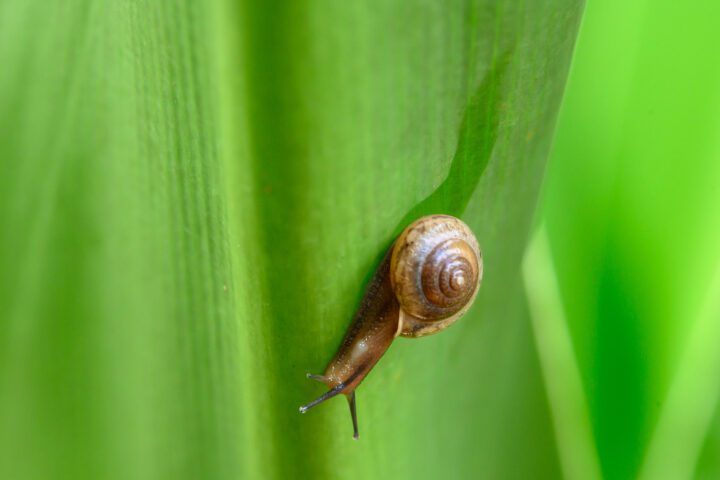Feather filaments of birds connect with interlocking hooks, forming a seamless and resilient structure that maintains aerodynamic efficiency and insulation, showcasing nature's engineering prowess and inspiring human innovations in textiles, aerospace, and everyday materials.
Introduction
Birds, the masters of the skies, have feathers that are marvels of nature’s engineering. These feathers not only provide warmth and waterproofing but also enable these majestic animals to show us the miracle of flight. Central to their function is an intricate system of interlocking hooks that reattach their filaments, creating a seamless, connected, and resilient surface.
The Strategy
Each feather features a central shaft, or rachis, lined with filaments called barbs, which are fringed with tinier filaments known as barbules. In downy feathers, this arrangement traps air, creating superb insulation. Flight feathers, however, have barbules that hook onto each other, much like a zipper, forming a continuous vane—crucial for aerodynamic efficiency. Each barbule hosts hundreds of these hooks, with millions present in a single feather. When feathers become ruffled, birds meticulously preen and comb, running their beaks through their plumage to re-engage these hooks. This natural grooming process ensures that their feathers remain perfectly aligned and functional, maintaining their ability to insulate and support flight.
The Potential
Inspired by this natural design, we can envision advanced textiles that mimic the feather’s interlocking system, offering superior insulation and durability. In aerospace engineering, materials emulating this hook structure could enhance the strength and flexibility of aircraft components. Everyday fasteners and closures could also benefit, becoming more efficient and easy to repair. By looking to the skies and the feathers that lift birds, we can create innovations that are both practical and harmoniously aligned with nature’s wisdom down here on the ground.





